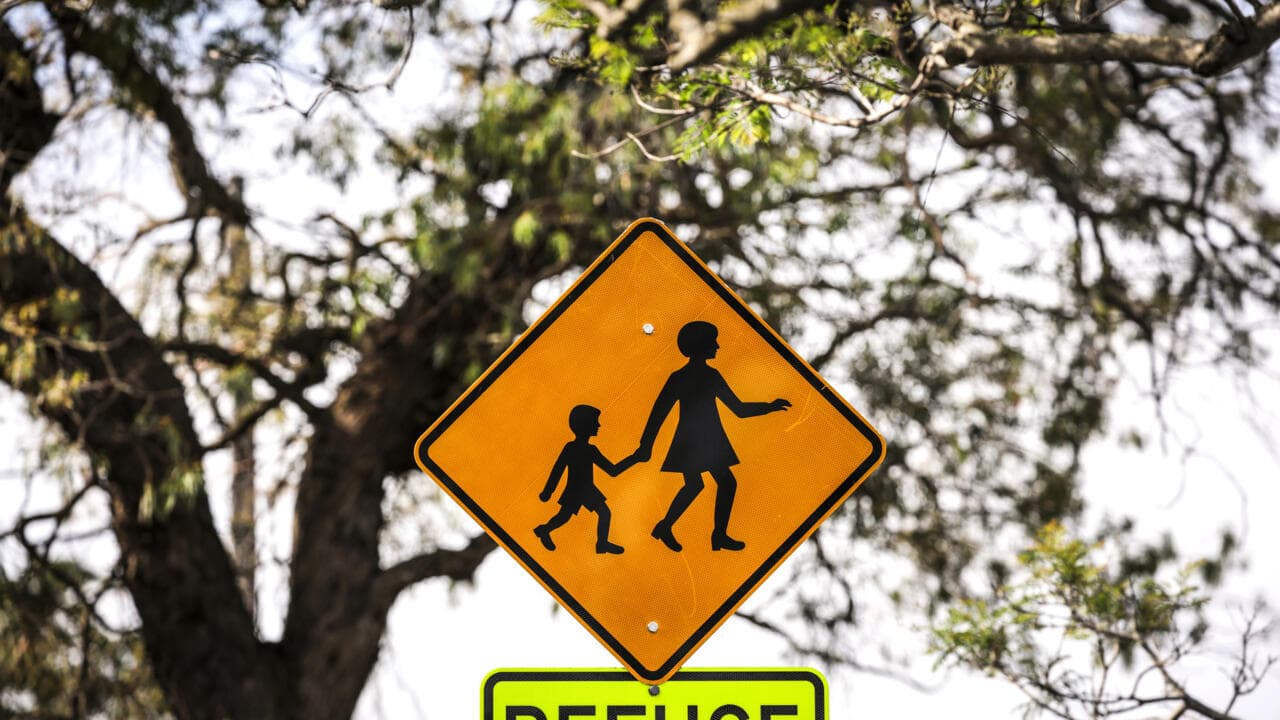We're loading the full news article for you. This includes the article content, images, author information, and related articles.
A 32% spike in abuse allegations in Australian childcare centres raises urgent questions about the strength of child protection and reporting mechanisms within Kenya's own early education sector.

A startling report from Australia has sent a clear warning across the globe about the vulnerability of children in institutional care. On Wednesday, 29 October 2025, the Victorian Commission for Children and Young People (CCYP) tabled its annual report in the state parliament, revealing a significant increase in allegations of child abuse within the childcare sector. The commission documented 705 notifications of reportable allegations in the 2024-25 financial year, a 32% jump from the 534 cases reported the previous year.
These notifications contained 967 distinct allegations, including 627 cases of physical violence, 152 of neglect, 78 of sexual misconduct, and 27 alleged sexual offences. While these events occurred thousands of kilometres away, the findings cast a harsh spotlight on the universal challenge of safeguarding young learners, prompting a critical examination of the policies and oversight governing Kenya’s own Early Childhood Development and Education (ECDE) centres.
In Kenya, the ECDE sector is a cornerstone of the education system, but its regulation is complex and faces significant challenges. While the Ministry of Education sets the national curriculum, the management and oversight of childcare facilities are devolved functions handled by county governments. This decentralisation can lead to inconsistencies in standards, enforcement, and monitoring across the 47 counties.
Kenya's landmark Children Act of 2022 provides a robust legal framework for child protection, enshrining the child's best interest as a primary consideration in all matters. The Act addresses parental responsibility, legal aid for children, and aims to protect children from all forms of abuse and neglect. However, experts and civil society organisations frequently point to a gap between progressive laws on paper and their practical implementation on the ground.
The National Council for Children's Services (NCCS) is the key government body tasked with coordinating and regulating children's services. Yet, with thousands of both registered and unregistered childcare facilities operating nationwide, ensuring consistent compliance with safety standards remains a monumental task. A 2020 study by Childline Kenya highlighted the high prevalence of reported child neglect cases even before the recent global focus, indicating persistent systemic issues.
The Victorian report underscores the critical role of mandatory reporting laws, which legally require professionals like teachers and healthcare workers to report suspected child abuse to authorities. The 18% increase in total allegations across all sectors in Victoria suggests that rising numbers may not solely indicate more abuse, but potentially better reporting and heightened awareness. This is a crucial distinction for policymakers.
In Kenya, the Children Act of 2022 also contains provisions for mandatory reporting. However, public awareness and the mechanisms for reporting and follow-up are not as entrenched as in jurisdictions like Victoria. Many educators and caregivers may be unaware of their legal obligations or fear reprisal for reporting. Furthermore, the capacity of child protection services to investigate every claim thoroughly is a significant concern.
The Australian experience shows that a functional, well-publicised mandatory reporting system is essential for uncovering abuse that might otherwise remain hidden. For Kenya, the lesson is twofold: strengthening the legal requirement to report is vital, but it must be accompanied by massive public awareness campaigns, clear and accessible reporting channels like the '116' helpline managed by Childline Kenya, and robust support systems for both whistleblowers and victims.
The data from Victoria is not a cause for panic, but a call for proactive and preventative action in Kenya. Ensuring the safety of children in ECDE centres requires a multi-faceted approach. First, there must be a harmonisation of standards and rigorous enforcement by county governments, ensuring that all facilities—public and private—meet stringent safety, staffing, and operational criteria.
Second, comprehensive and continuous training for all ECDE staff on child protection, identifying signs of abuse, and their legal duties as mandatory reporters is non-negotiable. This creates a culture of protection where the child's well-being is the highest priority.
Finally, empowering parents and communities with information about their rights and the standards they should expect from childcare providers is essential for accountability. As Kenya continues its National Care Reform Strategy to transition children from institutional care to family and community-based settings, the standards of care and protection in all environments, including schools, must be elevated.
The alarming statistics from Australia are a timely reminder that vigilance is paramount. For Kenya, they serve as an impetus to reinforce its own child protection systems, ensuring that the legal frameworks designed to protect the nation's youngest and most vulnerable citizens are not just aspirational, but a lived reality in every classroom and childcare centre across the country.
Keep the conversation in one place—threads here stay linked to the story and in the forums.
Other hot threads
E-sports and Gaming Community in Kenya
Active 6 months ago
Popular Recreational Activities Across Counties
Active 6 months ago
The Role of Technology in Modern Agriculture (AgriTech)
Active 6 months ago
Investing in Youth Sports Development Programs
Active 6 months ago